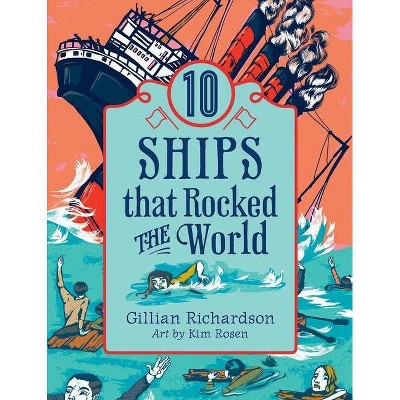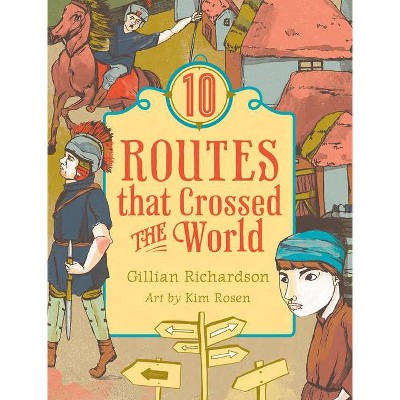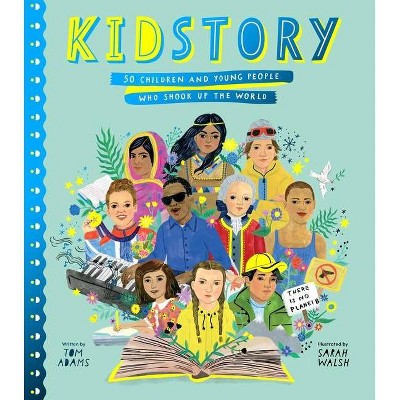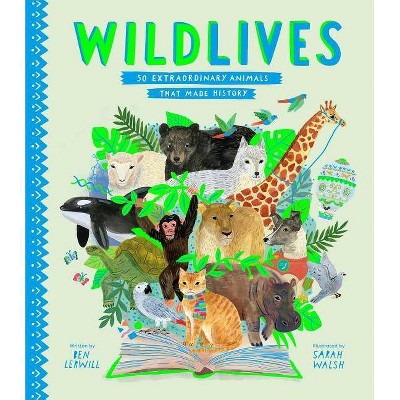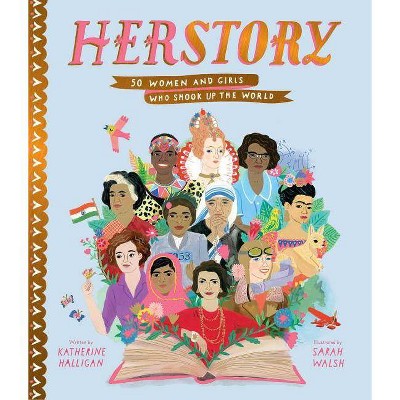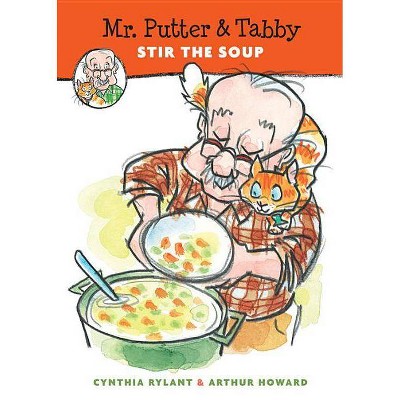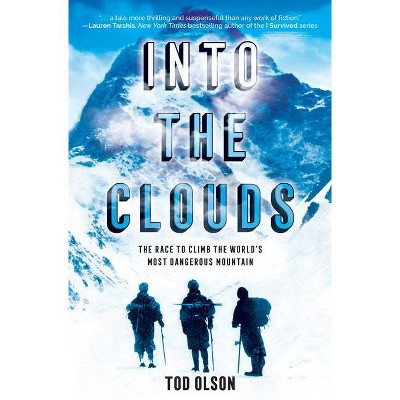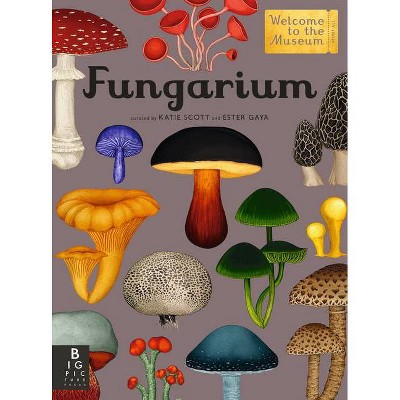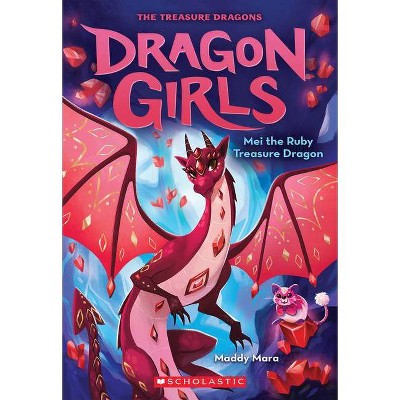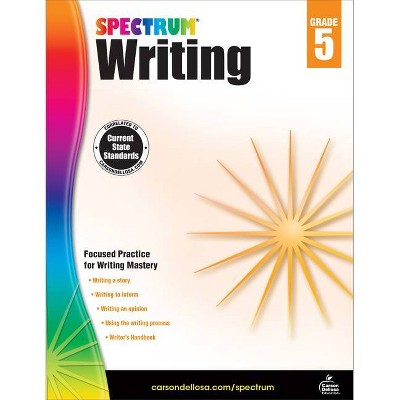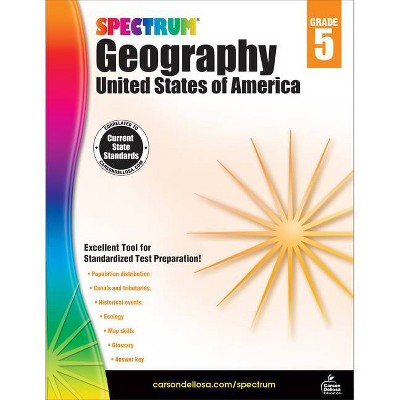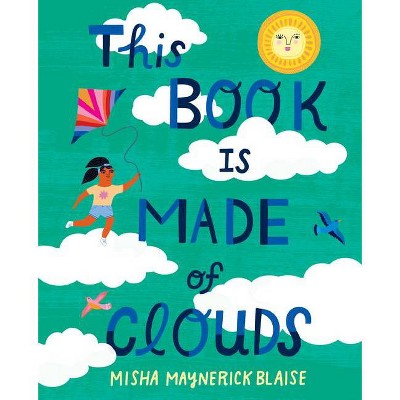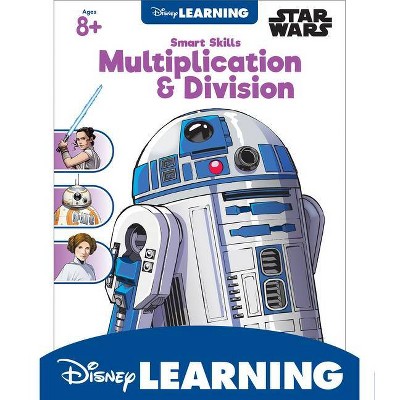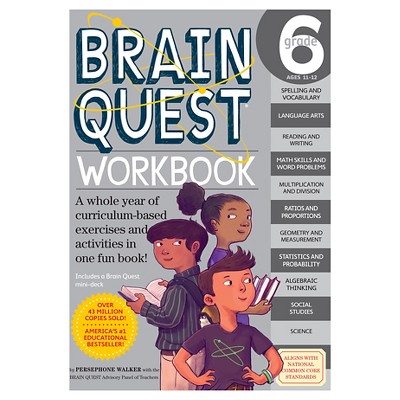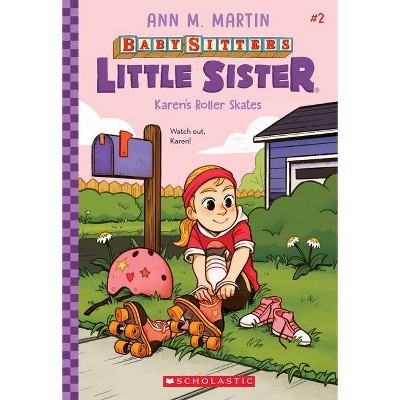10 Plants That Shook the World - (World of Tens) by Gillian Richardson (Hardcover)
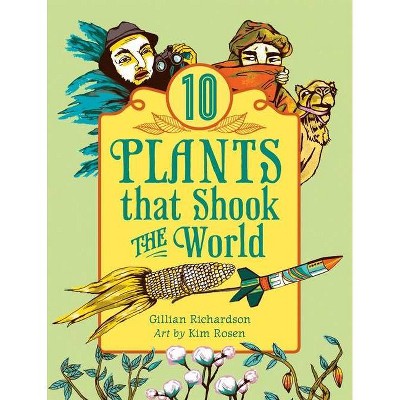
Similar Products
Products of same category from the store
AllProduct info
<p/><br></br><p><b> About the Book </b></p></br></br>Profiles ten plants that influenced human history, including cotton, sugar, rubber, and potatoes.<p/><br></br><p><b> Book Synopsis </b></p></br></br>Dig up the amazing stories of the plants that have transformed our lives. <p/>Plants might start out as leafy things growing in the earth, but they can come into our lives in unexpected ways. And believe it or not, some have even played an exciting role in history. <p/>Discover how: <br>- Countries went to war over pepper<br>- A grass called papyrus made it possible to share knowledge through writing<br>- Cotton improved the livelihoods of a few, but caused unthinkable suffering for many more <p/>The ten plants in this book are the source of profound changes in the world, both good and bad. Through vibrant illustrations and astonishing facts, you'll discover that without them, our lives today would be vastly different.<br><p/><br></br><p><b> Review Quotes </b></p></br></br><br>Sugarcane, rubber, pepper, cacao, cotton, tea, papyrus, corn, potato, and cinchona have something in common: their influence on human culture. Gillian Richardson explores the history and value of these plants in 10 Plants That Shook the World. Facts, stories, and sidebars combine with photographs and folk art in this intriguing book for middle grade readers. (She) integrates the discovery, politics, science, economics, agriculture, and technology behind the featured plants. Each engaging chapter offers both "pros" (cinchona bark for the treatment of deadly malaria) and "cons" (the role of slavery and child labor in the growth of cotton). Reference to ancient times (using BCE terminology) and religious practice (such as the Mayans' worship of corn as a gift from the gods) are presented alongside modern concepts such as "biorespecting," deforestation, and genetic modification. 10 Plants That Shook the World is a fascinating read on many levels; adults as well as students would surely find the information noteworthy and the back-stories compelling. Kim Rosen's bold illustrations have a dramatic quality. Each page is a colorful array of text and graphics that invite the reader to peruse and revisit. Plant origins are displayed on a two-page world map, and references for further reading are included along with a detailed index.--Nina Ditmar"Christian Library Journal" (06/05/2014)<br><br>A treat to read no matter what age you are... Each section begins with a fact sheet on the plant and its place of origin, various "pros and cons" associated with the species (which might involve nutritional benefits versus environmental issues), followed by a one-page short story designed to pique the reader's interest. The bulk of the chapters then flesh out how the world has been affected by the spread of items, such as corn or rubber, which underpin modern civilization. Richardson is a fine writer and the text is accompanied by vibrant illustrations. There are useful maps, as well as a bibliography, a suggested further reading section and an index.--George Sheppard"Canadian Teacher" (05/01/2014)<br><br>This would be a great addition to any middle school library or classroom as a stand-alone resource.--George Sheppard"Canadian Teacher Magazine" (04/01/2014)<br><br>The content is interesting and engaging yet the book holds lots of visual appeal as well. The illustrations and images are wonderfully created with soft muted colours. The layout of the book is also well thought out with a good use of white space. Text and images fill the page without being too text heavy or busy. While intended for young readers (probably older elementary or middle school), adult readers might find that they learn a thing or two as well. Incredibly well-researched and beautifully illustrated, 10 Plants that Shook the World is sure to pique everyone's interest. Highly Recommended.--Michelle Brown, librarian, Faculty of Education, U"CM" (09/06/2013)<br><br>Each of the chosen 10 has its own chapter in which the author adroitly weaves science with social studies in a format that always encourages readers to learn more.--J.B. Petty"Booklist Online" (04/30/2013)<br><br>Imaginative, full-color drawings appear on almost every page, and photographs amplify the text throughout. A double-page world map provides an overview of where these plants originated, and a two-page index links readers to details within each chapter. This title will be useful for reports and provide fun browsing and reading as well.--Frances E. Millhouser"School Library Journal" (07/01/2013)<br><br>Loaded with fascinating facts and stories about each plant.--Brenda Hoerle"Waterloo Region Record" (04/06/2013)<br><br>The beautiful balance between straight expository (fact based) text, creative nonfiction, lists and artwork found in this book is rarely accomplished so well.--Nicole Rivera"riverrunsthroughit.com" (05/09/2013)<br><br>This is education at its best; fun, exciting and a pleasure to read.--Betty Gelean"Edwards Book Club" (05/27/2013)<br><p/><br></br><p><b> About the Author </b></p></br></br><P> Gillian Richardson has written more than a dozen children's books, including "Kaboom! Explosions of All Kinds." She lives near Sorrento, British Columbia. <P> Kim Rosen's illustrations have appeared in many magazines and newspapers, including "The New Yorker," "The Atlantic," and "The Washington Post." She lives in Northampton, Massachusetts.
Price History
Cheapest price in the interval: 24.95 on October 27, 2021
Most expensive price in the interval: 24.95 on December 20, 2021
Price Archive shows prices from various stores, lets you see history and find the cheapest. There is no actual sale on the website. For all support, inquiry and suggestion messagescommunication@pricearchive.us
